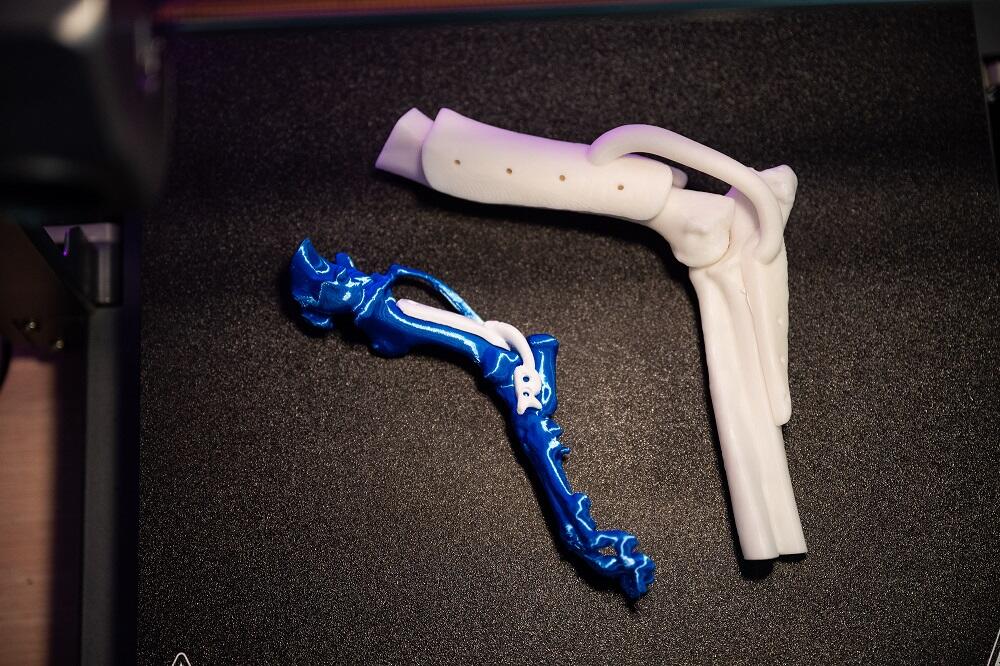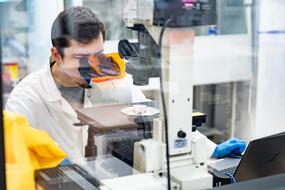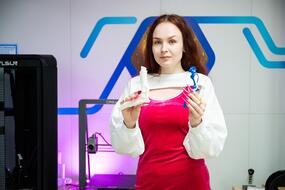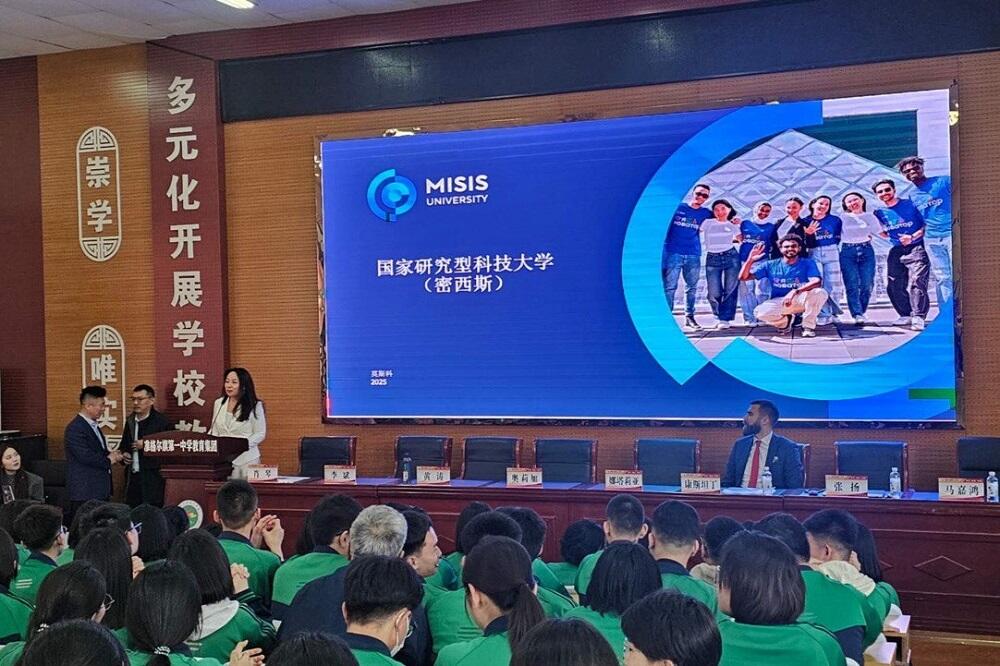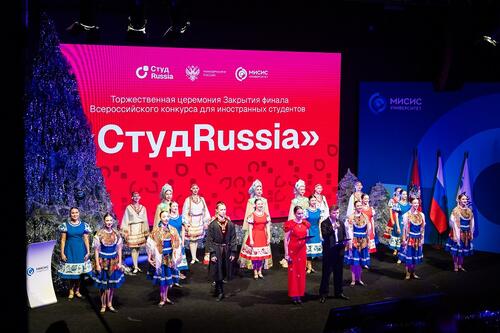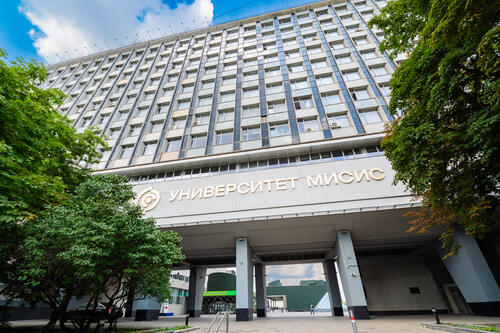Researchers at NUST MISIS have developed a prototype implant made from a polymer composite designed to securely fix joints and gradually and safely dissolve in an animal’s body. This bioresorbable material eliminates the need for a second surgery and could become the foundation for alternative solutions in veterinary orthopedics.
Traditionally, arthrodesis — a procedure that immobilizes a joint to relieve chronic pain in animals with severe joint damage — involves the use of metal constructs. For the surgery to be successful, the bones must be fixed at a specific angle, which is determined individually based on the species of the animal, its condition, the function of the reconstructed limb, the properties of the bone tissue in the surgical area, and the overall clinical situation.
To minimize complications and significantly speed up recovery, NUST MISIS researchers developed experimental arthrodesis implant models for animals. The prototypes were created using 3D printing technology from a bioresorbable shape memory polymer (SMP) reinforced with mineral fillers such as hydroxyapatite and silicon dioxide. This combination enhances both the mechanical strength of the structure and its compatibility with bone tissue. The SMP allows the initial shape to be modified into a preplanned configuration, enabling a functional arthrodesis to be performed during surgery.
“Shape memory composite materials are among the most innovative solutions in orthopedic medicine, as they offer more functional bone reconstruction. Since arthrodesis supports the healing limb, the material must not only be biocompatible but also match the mechanical properties of long bones. We hope these implants will help accelerate recovery and reduce the risk of post-surgical complications in animals,” said Polina Kachalina, a graduate student of the “Biomaterials Science iPhD” program at NUST MISIS, whose thesis focused on this topic.
Once implanted, the material gradually resorbs in the animal’s body under the influence of various physiologically active factors. An additional SMP-based brace helps accurately fix the joint in an anatomically correct position. This eliminates the need for a follow-up surgery, reduces strain on the body, and lowers the risk of infection.
“The key advantage of our approach lies in creating customized bioengineering constructs that minimize limping, optimize joint alignment, and fix the joint in a position that maintains musculoskeletal symmetry,” added Dr. Natalia Anisimova, Professor at the College of Biomedical Engineering, NUST MISIS.
In vitro lab tests showed that living cells adhere well to the surface of the material and that its decomposition products are non-toxic. Over the next year, scientists will test the implants’ ability to self-stabilize within the animal’s body and will assess their biocompatibility and overall performance.
The study was supported by a grant from the Russian Science Foundation, project №
.
